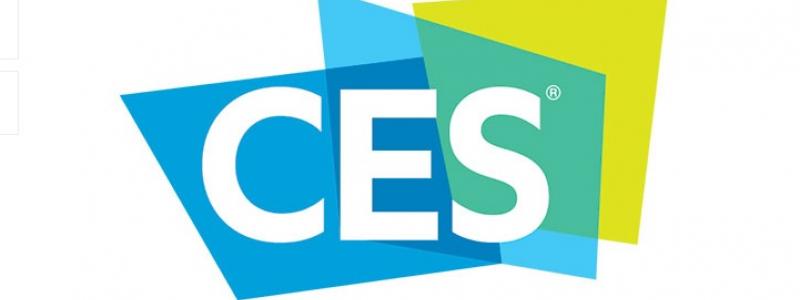A Quick Round-Up of CES 2018 (with a Focus on Mobile)

In the last few years, phone makers may have grown to prefer the Mobile World Congress (which happens annually every February) as the venue for unveiling their best and shiniest new mobile devices, but that is not to say the yearly Consumer Electronics Show (CES) has been forgotten. While it is true that CES has evolved to include all sorts of cool (and weird) new gadgets, a lot of mobile devices still make their debut in this event.
This year’s version certainly has its moments. Huawei, widely considered as the third biggest phone maker in the world next to Samsung and Apple, had to deal with some bad news, as it was revealed that it never got the Verizon Wireless and AT&T support it was hoping for. But the Chinese tech giant marches on anyway, and is even acquiring the services of Wonder Woman herself, Gal Gadot, in trying to sell its flagship phablet, the Mate 10 Pro, in America. For good measure, Huawei also took the opportunity to announce that its Honor 7X and its Honor View 10 will be released in the United States this year.
Meanwhile, another Chinese phone maker, OnePlus, is also looking to acquire some US carrier backing. This company is not as big nor as well known as Huawei, but it does already have a following due to the success of its 2017 smartphone releases, the OnePlus 5 and the OnePlus 5T. While it is not as desperate (for lack of a better word) as Huawei to court mobile operators, getting carrier support should take OnePlus one step closer to becoming a mainstream brand.
In the case of LG, it has revealed that it might be changing the schedule of its smartphone releases, in order to give its flagship devices a better chance of getting noticed. Whenever Samsung announces a new flagship, that device will always grab all the headlines, and perhaps LG might be better off not competing directly with Samsung in terms of the timing of its unveilings. And oh, LG also launched a new Raspberry Rose LG V30.
As for Vivo, it appears to be quite content with just exploring a new technology. The Chinese mobile manufacturer did manage to demo a smartphone prototype that features an under-display fingerprint sensor, and it has beat Apple to it. Vivo better make the most of its opportunity now because industry watchers fully expect that upcoming flagship offerings will almost certainly showcase their own take on the in-screen fingerprint scanner concept.
Various phone makers have also tried to make a splash at this year’s CES:
-
Sony unveiled three new Xperia devices -- namely the Xperia XA2, the Xperia XA2 Ultra, and the Xperia L2
-
Asus debuted its latest phablet offering, the ZenFone Max Plus (M1)
-
Alcatel teased three new smartphones: the Alcatel 1X, the Alcatel 3V, and the Alcatel 5
-
TCL announces a new bronze variant of BlackBerry's KeyOne
-
The Razer Phone gets Netflix HDR, plus Dolby Digital Plus 5.1
-
Wireless Mobi Solution presents the Movi, a smartphone that has its own built in projector
-
Cat delivers the S41, a smartphone that can charge other smartphones
Related Blog Articles
- Report: Time Spent on Mobile Apps Increased Only 6 Percent in 2017
- Google: Page Loading Speeds to Become Factor in Mobile Search Rankings
- App Downloads Worldwide Hit 175 Billion Last Year
- Survey: Interest in New iPhone Models Approaching Lowest Levels Ever
- Postpaid Customers Who Are Getting Unlimited Data Increases To 53.4 Percent
- Montana Becomes First State to Enforce Net Neutrality
- Introducing the AT&T Smart Wi-Fi Extender
- New York Becomes Second State to Implement Net Neutrality
- Google Play Downloads Reached More Than 19 Billion During Fourth Quarter of 2017
- Latest 5G Updates: The Possibility of Nationalized 5G; AT&T’s Endangered 5G Licenses
Related Blog Posts
- Report: Drug users are using wearable devices during binges
- Spotify allows Android users to reorder playlists; Pandora lets users share tunes to Snapchat Stories
- WhatsApp combats fake news with a new forwarded label
- FCC: Today’s improving mobile networks can impact healthcare costs
- Did Apple Music already overtake Spotify in America?


 Menu
Menu